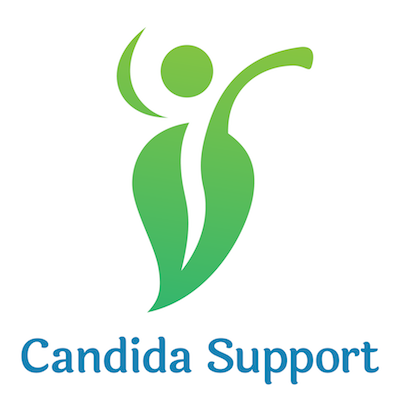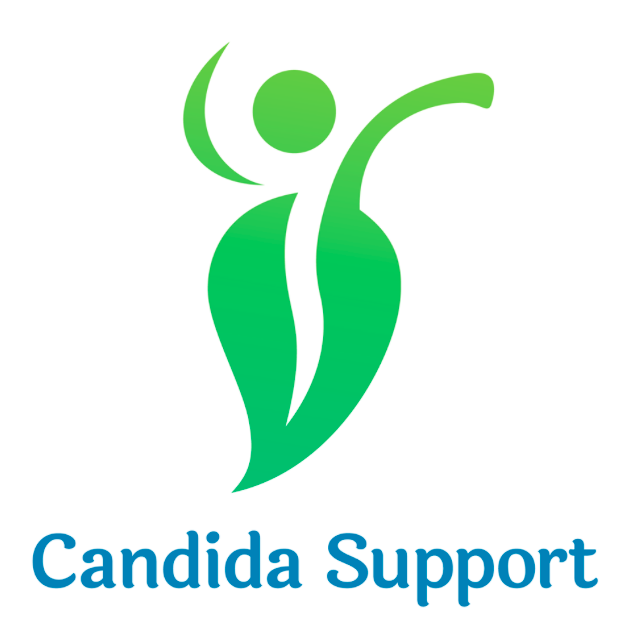5 Healthy Habits to Help Candida Recovery
Have you ever taken a walk in the woods and seen fungus growing on the side of a tree?
That tells you that the tree is sick, possibly dying. Fungus has a job to do, which is to further break down a decaying organism and return it to the earth.
Does that mean those of us suffering from fungal Candida overgrowth should be compared to dying trees? NO!
But it does mean that we were probably experiencing less than optimal health BEFORE we developed Candida/fungus/yeast issues. That is why many people with autoimmune issues, cancer, HIV, diabetes and other conditions often experience Candida as well.
Treatments That Keep Candida Symptoms at Bay
Once Candida has surfaced, it needs treatment to keep it at bay – which is where we can help you with our unique ThreeLac™ and Candizolv™ products. AND, there are also some simple healthy habits that can assist both your Candida recovery and help you avoid flare-ups in the future. These healthy habits include:
Exercise Really, how hard is it to incorporate exercise into your life? As Americans, we often subscribe to the all-or-nothing idea: you are either a triathlete or a couch potato. There is SO much room in between! You can start by walking a block after dinner or parking farther from the door at work, school or the grocery store. Check out free exercise videos online. Buy a set of 2- to 5-pound barbells. Ideally, aim for incorporating some aerobic exercise (that increases heart rate and oxygen uptake – walking or leisurely bicycling are ideal), some stretching (like yoga) and some weight-lifting.
Community You may be surprised that we included this as the second healthy habit; however, more and more studies show that having a wide circle of relationships in your life increases your health, happiness and longevity. These include a First Tier of family: possibly a romantic partner, parents, siblings, children and grandchildren; a small circle of close friends as a Second Tier, and in Tier Three, a broader community of pleasant acquaintances: neighbors, other parents in your child’s school, your book club, the group you hike with once a month, the regular barista who makes your coffee or cashier who rings up your groceries.
Diet Most people who have been struggling with Candida know the importance of a healthy diet. Healthy does not mean the restrictive “Candida diet”, which in most cases is not necessary when using our products. It does mean lots and lots of vegetables, water for hydration, some fruit, a small amount of meat and dairy (unless you are vegan), some nuts and grains. Very, very little sugar and alcohol (if at all; you will have to determine what your body can tolerate). I found when I was on the Candida Diet, I also had to give up a lot of community – no school potlucks, no dinners at friends' or dinners out, no occasional tiny slice of birthday cake or small celebratory glass of wine . . . and, as we recently learned, community is important to our recovery too!
Sleep This is a tough one for many of us who lead busy lives, but the average adult needs 7 - 9 hours of sleep a night to maintain good health. Lack of sleep not only causes drowsiness, but also cognitive impairment equal to legal inebriation (in other words: after a 4-hour night, you should NOT be operating that motor vehicle!) Try to practice sleep hygiene by:
Unplug screens two hours before bedtime (TV, computer, and yes, phone!)
Eliminate lights in the bedroom, especially blue, LED lights
Create a winding-down ritual: a warm bath, chamomile tea, soft music
Make a list of what you have to do, or think about, the next day, then LET IT GO!
Spend Time Outdoors The Japanese practice of “Forest Bathing” has found its way to the West, but you needn’t be so formal. If you live in the country, the outdoors is easily available. Take a stroll through a field or a hike through the forest. In the city, is there a park nearby, a boardwalk along the river, or a beach a short drive away? Do you enjoy gardening? Can you walk or ride your bike on a nearby trail? Spending as little as 20 minutes a day outdoors can lower your blood pressure and elevate your mood – and increase your health!
Back to our poor fungus-infected tree...
Can anything be done to save it? Well, a tree can’t really exercise the way we do, but it does wave its branches. Does it sleep? Maybe. A tree does spend time outdoors and live in a community with other trees. Arborists recommend establishing a healthy feeding schedule for a sick tree because a well-fed tree maintains better disease resistance and a less stressful environment.


